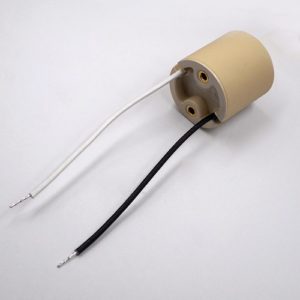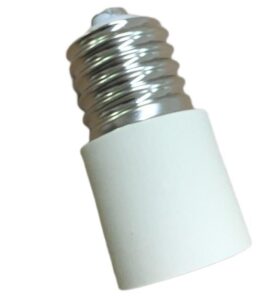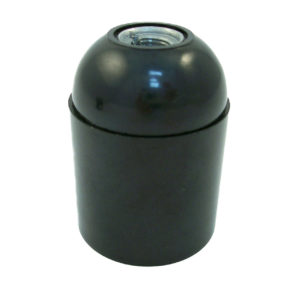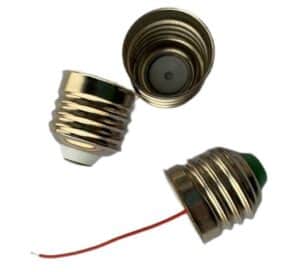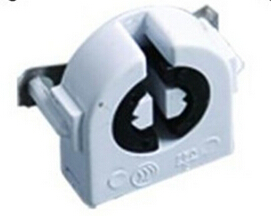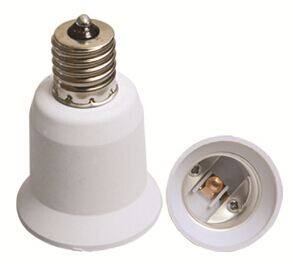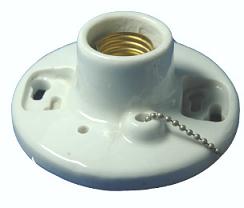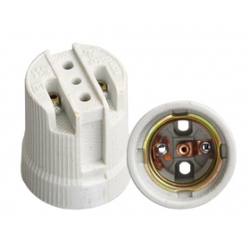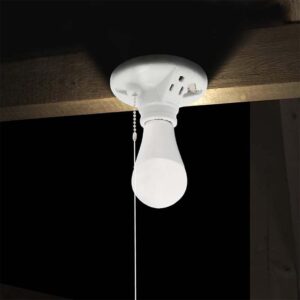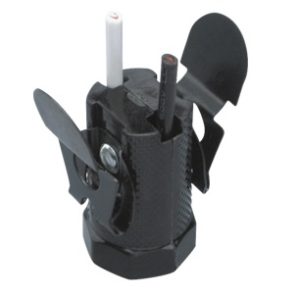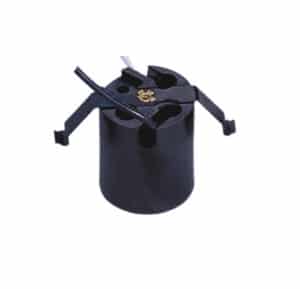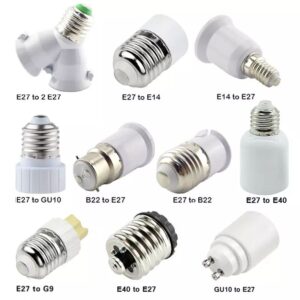Switching to LED light bulbs is a smart move for anyone who wants to use less energy and make their light bulbs last a lot longer. One question a lot of people have is if you can use LED light bulbs in your existing halogen light bulb base. This is a big deal to a lot of people who want to switch over to more energy-efficient lighting.
If you don’t understand the compatibility between LED and halogen, you might end up with light bulbs that don’t work or even cause electrical problems. The good news is, in most cases, you can use LED light bulbs in your halogen light bulb sockets, but there are some things you need to know.
Yes, you can use LED light bulbs in a lot of halogen light bulb sockets if the socket type is right and the LED light bulb has the right base and voltage. However, things like dimming and transformers might make a difference.
Now, let’s look at how you can use LED light bulbs in your halogen light bulb sockets safely and effectively.
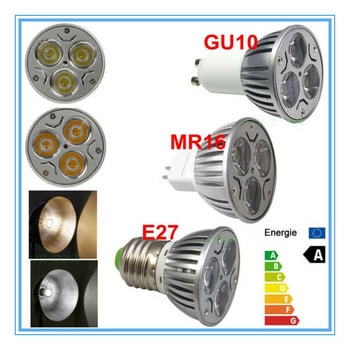
Understanding Halogen and LED Bulb Types
Before diving into whether LEDs can be used in halogen sockets, it’s important to understand the types of halogen and LED bulbs available. Halogen bulbs are often found in fixtures like spotlights, recessed lighting, and track lighting. They come in various socket types, such as GU10, MR16, and G4, and are designed to run on either low voltage (12V) or mains voltage (220V-240V). Halogen bulbs are known for their bright, focused light, but they generate a lot of heat and consume more electricity compared to LEDs.
On the other hand, LED bulbs are designed to replicate many of the same base types as halogen bulbs, making them compatible with a wide range of sockets. LEDs are available in the same GU10, MR16, and G4 base types, meaning they can often fit directly into the same sockets that were originally designed for halogen bulbs. However, to ensure a smooth transition, it’s important to verify both the socket type and the voltage requirements of your current lighting setup.
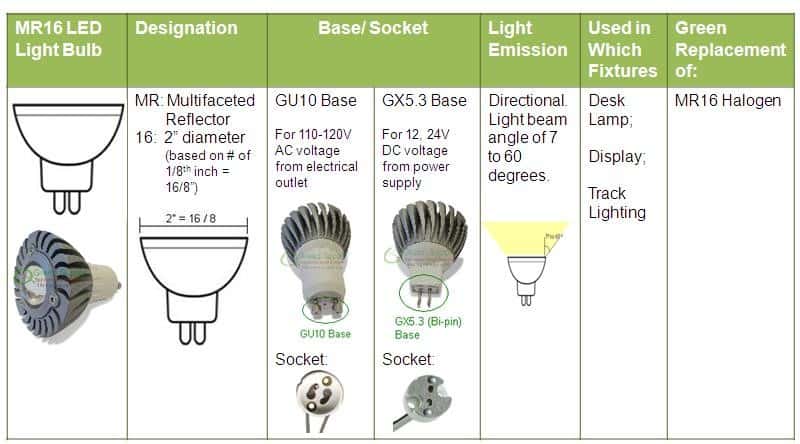
Compatibility of LED Bulbs with Halogen Sockets
One of the biggest advantages of switching to LED bulbs is their versatility in fitting existing halogen sockets. As long as the base type matches—for example, replacing a GU10 halogen bulb with a GU10 LED bulb—the LED bulb will physically fit into the socket. This compatibility makes it easy to switch out halogen bulbs for LEDs without needing to change your entire lighting fixture. Most LED bulbs are designed to fit directly into standard halogen sockets, simplifying the upgrade process.
However, voltage compatibility is also critical when switching to LEDs. Halogen bulbs, especially low-voltage models like MR16 and G4, often require a 12V transformer to step down the mains voltage. If you’re replacing these with LED bulbs, you need to ensure that the LED bulb is designed for the same voltage. In most cases, LEDs designed for low-voltage systems will work with the existing transformer, but it’s always a good idea to double-check that the voltage requirements match to avoid flickering or failure to work.
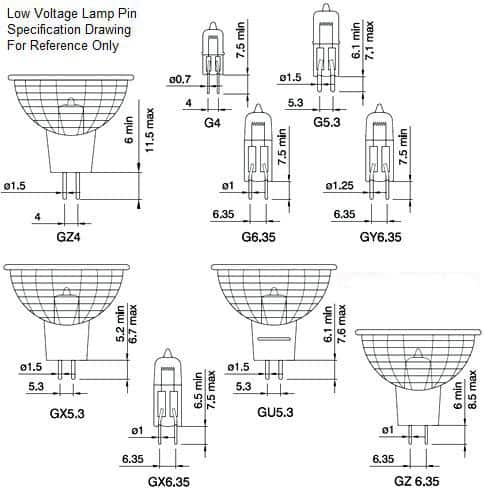
Dimming and Transformer Issues
One common issue that arises when replacing halogen bulbs with LEDs is dimming compatibility. Halogen systems often use dimmable bulbs, and many people want to retain that functionality when switching to LEDs. However, not all LED bulbs are dimmable, and even those that are may not be compatible with older dimmer switches designed for halogen or incandescent lighting. If you plan to use dimmable LEDs, you may need to upgrade your dimmer switch to one that is compatible with LEDs to avoid issues like flickering, buzzing, or uneven dimming.
For low-voltage halogen bulbs that use a transformer, another potential issue is transformer compatibility. Some older transformers may not work well with LED bulbs because LEDs draw much less power than halogen bulbs. If the transformer is not designed for LED compatibility, you could experience issues such as flickering, buzzing, or even failure to turn on. In this case, you may need to replace the existing transformer with an LED-compatible transformer to ensure smooth operation.

Energy Efficiency and Benefits of Switching to LEDs
One of the biggest benefits of replacing halogen bulbs with LEDs is the significant energy savings. LEDs are up to 80% more energy-efficient than halogen bulbs, which means they consume much less electricity for the same amount of light output. This reduction in energy consumption translates into lower electricity bills, making the switch to LED bulbs a financially smart decision in the long run. Additionally, LEDs emit far less heat than halogen bulbs, improving energy efficiency and reducing the risk of overheating in enclosed fixtures.
In addition to energy savings, LED bulbs also have a much longer lifespan. While halogen bulbs typically last for around 2,000 hours, LED bulbs can last up to 25,000 hours or more, depending on the brand and usage conditions. This extended lifespan means fewer bulb replacements, lower maintenance costs, and reduced waste, making LEDs a more environmentally friendly option.
Another benefit of switching to LED bulbs is their cooler operation. Halogen bulbs generate a significant amount of heat during operation, which can make them less safe in certain fixtures or settings. LEDs, by contrast, remain cool to the touch, making them safer for use in enclosed spaces and reducing the risk of heat-related issues.

How to Safely Replace Halogen Bulbs with LEDs
If you’re ready to make the switch from halogen to LED, there are a few key steps you should follow to ensure a smooth transition. First, check the base type and voltage of your existing halogen bulbs. If the light base type (e.g., GU10, MR16) matches, you can likely swap the bulbs without any additional changes. However, make sure that the voltage requirements of the LED bulb match the existing halogen system, especially for low-voltage fixtures.
Next, if your halogen system uses a transformer, you need to determine whether the transformer is compatible with LED bulbs. If not, you may need to replace it with an LED-compatible transformer to avoid flickering or operational issues.
For those using dimmable halogen bulbs, it’s important to choose dimmable LEDs if you want to maintain that functionality. Additionally, ensure that your dimmer switch is compatible with LEDs, as many older dimmers are not designed for the lower wattage and electrical characteristics of LED bulbs. Upgrading to an LED-compatible dimmer will ensure smooth dimming without flickering or buzzing.
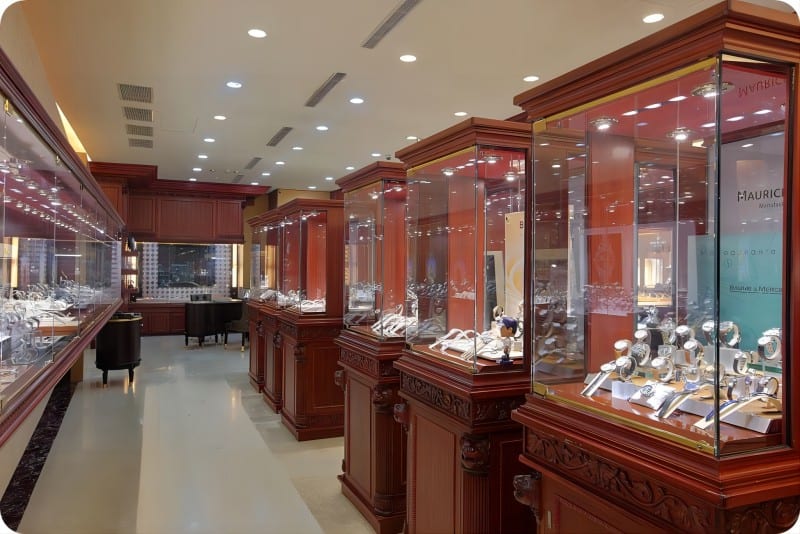
Final Words:
You can change your halogen light bulbs to LED. It makes a lot of sense because you save energy, they last longer, and they don’t get as hot. You need to pay attention to the base type, the voltage, whether you have a transformer, and whether you have a dimmer switch. Changing your halogen light bulbs to LED can save you money and help the environment. It’s a great way to upgrade your lighting.

